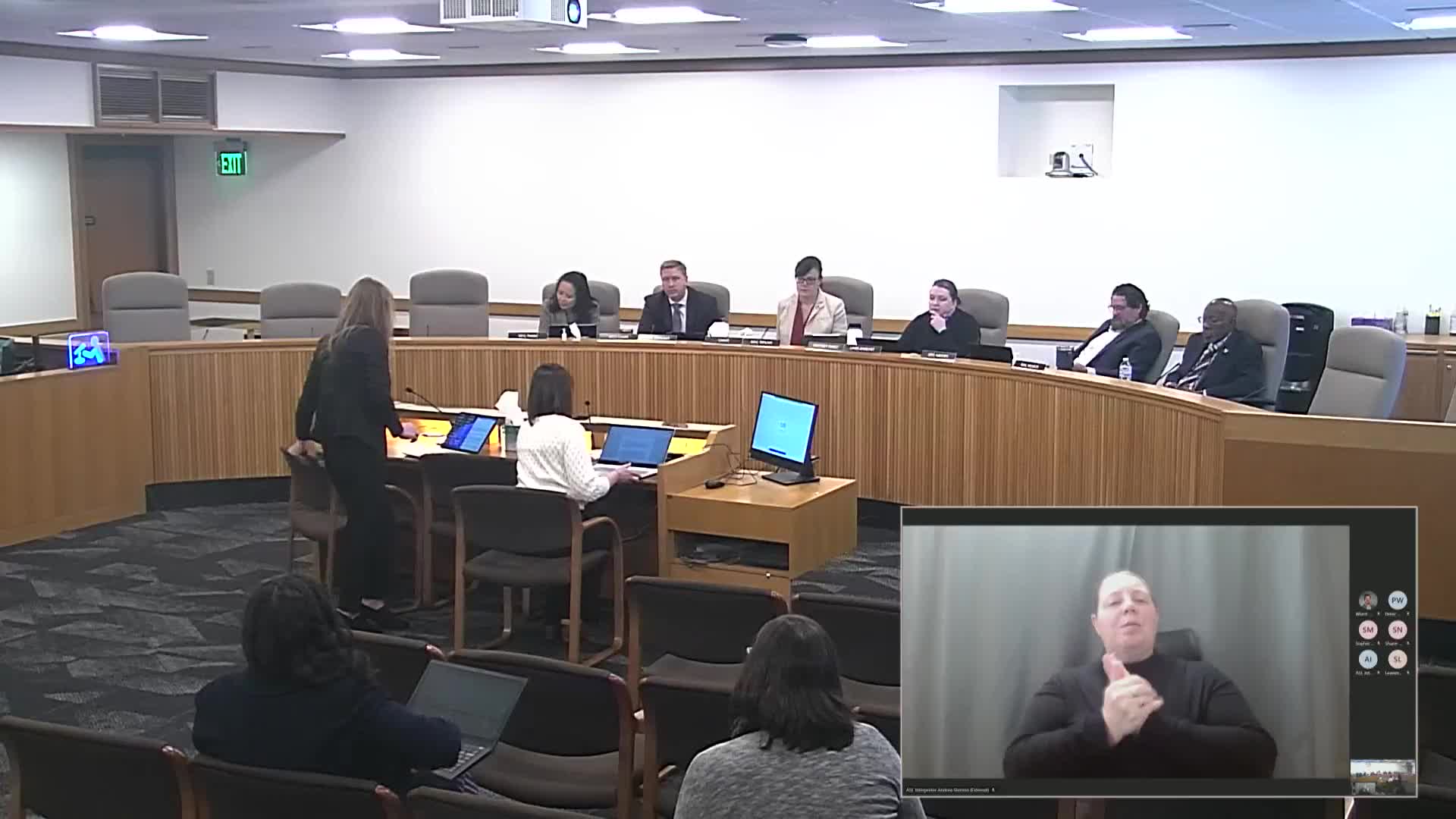Oregon Senate reviews SB 906 for clearer pay stub explanations and deduction rules
March 13, 2025 | Labor and Business, Senate, Committees, Legislative, Oregon
Thanks to Scribe from Workplace AI , all articles about Oregon are free for you to enjoy throughout 2025!

This article was created by AI using a video recording of the meeting. It summarizes the key points discussed, but for full details and context, please refer to the video of the full meeting. Link to Full Meeting
The bill, particularly in its dash 2 amendment, requires employers to furnish a written explanation of pay details at the time of hire and within 14 days of an employee's request. This initiative is designed to help employees better understand their pay, especially those with varying wage rates due to different shifts or roles. Amanda Krause, representing the Federation of Nurses and Health Professionals, emphasized the need for clarity, stating that many employees struggle to decipher the jargon on their pay stubs, which can lead to confusion over wages earned.

Before you scroll further...
Get access to the words and decisions of your elected officials for free!
Subscribe for FreeHannah Winchester, also from the Federation, shared her experience of increased errors in paychecks following a payroll software change, highlighting the challenges workers face in validating their earnings. She argued that the bill's provisions would not only assist employees in understanding their pay but also help employers quickly identify and rectify any payroll mistakes.
However, the bill faced pushback from business representatives, who expressed concerns about the administrative burden it could impose on employers, particularly small businesses. Paloma Sparks from Oregon Business and Industry noted that while the amendment improved upon the original bill, it still added significant requirements that could complicate payroll processes. She questioned the necessity of the bill, suggesting that much of the information is already accessible online or through collective bargaining agreements.
The committee's discussions underscored the ongoing tension between ensuring employee rights to clear pay information and the operational realities faced by employers. As the bill progresses, stakeholders are urged to collaborate to find a balance that protects workers while considering the practical implications for businesses. The outcome of this legislation could reshape how pay information is communicated in Oregon, potentially setting a precedent for similar measures in other states.
Converted from Senate Committee On Labor and Business 03/13/2025 8:00 AM meeting on March 13, 2025
Link to Full Meeting
Comments
View full meeting
This article is based on a recent meeting—watch the full video and explore the complete transcript for deeper insights into the discussion.
View full meeting




